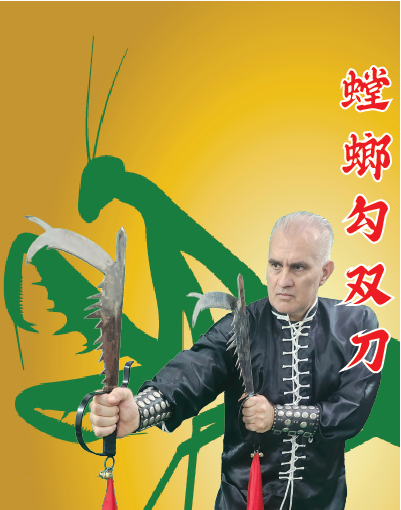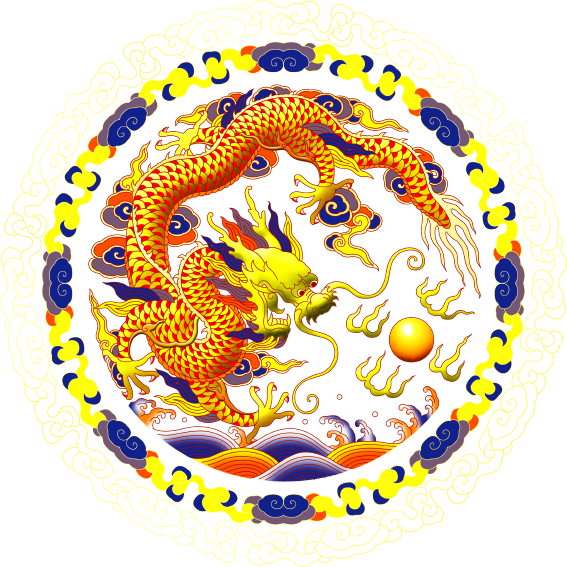
武艺
MARTIAL SKILLS
The term “武艺” (wǔyì) first appeared in the poem “Ceremonial Commemo -ration of Crown Prince Shi” by Yan Nian during the Southern Song Dynasty. In the “Wen Xuan,” it mentions 偃闭武术,阐扬文令 (yan bi wu shu, chan yang wen ling), which can be translated as “Suppress martial arts, promote cultural mandates.” Here, the term martial arts refers generally to military skills. Before this, techniques such as horseback riding,archery,swordsmanship,and unarmed combat were collectively known as 武艺 (wǔyì), meaning “martial skill.” This phrase was used to describe combat and self-defense techniques, persisting in usage until modern times.
In the development of martial arts, for a significant period of history, they were referred to as 武艺 (wǔyì) “martial skill.” The term 武术 (wǔshù) “martial arts” was adopted centuries later, officially chosen at the end of the Qing Dynasty and the early years of the Republic of China. After the 16th year of the Republic of China, it was called 国术 (guóshù) “national art.” After the establishment of the People’s Republic of China, the term 武术 (wǔshù) “martial arts” was officially used. However, abroad, in many areas where Chinese martial activities take place, it is known as 功夫 (gōngfu) “kung fu.” These names have significant differences, and each name has its reasons for formation, with many cultural considerations behind them. Throughout Chinese history, martial arts were primarily associated with the military, considered an exclusive heritage of the armed forces that supported feudal and slave societies. Maintaining monopolistic control over 武艺 (wǔyì) “martial skill” was synonymous with stability for the nation.
Centuries later, two branches of 武艺 (wǔyì) “martial skill” were established. The traditional one was 军旅武艺 (jūnlǚ wǔyì) “military martial skill,” which was based on the use of infantry and cavalry weapons. It involved coordinated actions of troops, squads, brigades, and armies, often requiring the use of armor. The second branch, known as 民间武艺 (mínjiān wǔyì) “civilian martial skill,” was limited to non-battlefield environments, and its use could be punishable by law. 民间武艺 (mínjiān wǔyì) “civilian martial skill” was further divided into two main currents: 武林 (wǔlín) “martial forest,” referring to the martial community, essentially martial arts schools governed by the moral code of 武德 (wǔdé) “martial virtue”; and 江湖 (jiānghú) “rivers and lakes,” referring to the underworld of thieves, assassins, and spies who used 武艺 (wǔyì) “martial skill” for dishonest purposes.
